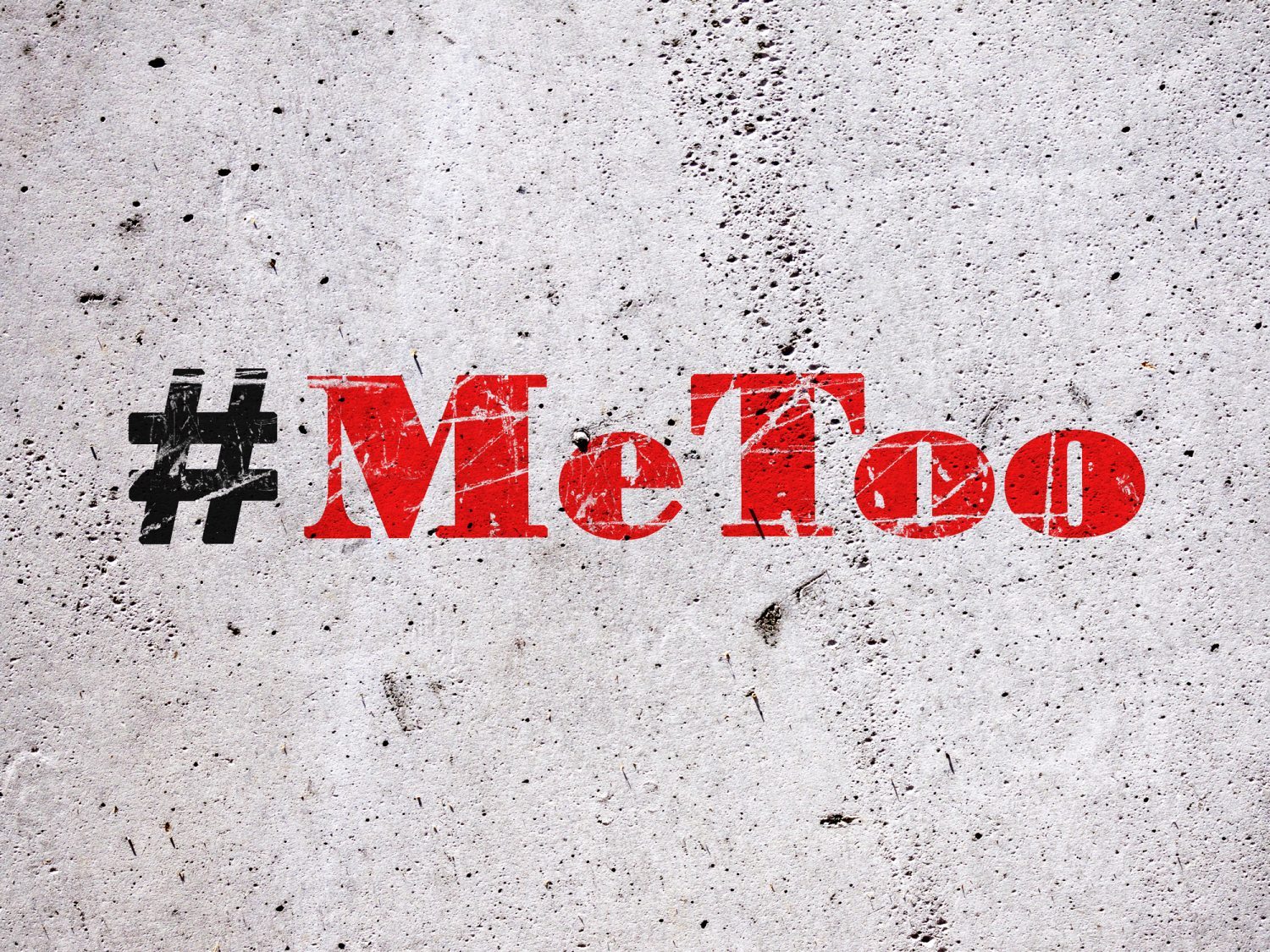There’s an old saying, “there’s no such thing as a good-for-nothing, he can always serve as a bad example.” Well, that’s what we have here with the allegations of sexual harassment and assault swirling around Harvey Weinstein and his former employer, the Weinstein Corporation. At the heart of these allegations is the claim that Harvey Weinstein, a powerful and talented executive at the Weinstein Corporation, used his extraordinary power in the movie industry to allegedly sexually proposition, assault and rape young women while the corporation stood by and did nothing. Now that these claims have finally become public, Weinstein has been fired, he’s been thrown out of the Academy of Motion Pictures, and his company seems to be unraveling with each new allegation.
While those of us outside the Weinstein Corporation are not privy to all the relevant facts, we already know enough to make certain observations about how every employer should respond when it learns about possible harassment or discrimination by its employees, including its highest level executives:
- Embrace a culture of diversity and a work place free of discrimination, harassment and retaliation.
- Publicly announce to employees that the company will not tolerate discrimination, harassment or retaliation of anyone who complains, and that those who violate this policy will be disciplined, up to and including discharge.
- Insist on clauses in individual employment agreements that breach of the employer’s anti-discrimination and harassment policies will be “just cause” for discharge.
- Establish and maintain an effective complaint procedure which encourages employees and others to come forward and make complaints without fear of retaliation.
- Distribute the employer’s policies against discrimination, harassment and retaliation, because no policy will be effective if employees don’t know it exists.
- Train employees on how to use the employer’s anti-discrimination and harassment policy, making sure that employees know what violates the policy and how to complain.
- Train supervisors, managers and executives about how to recognize discrimination and harassment and what to do if they receive complaints or otherwise learn about policy violations. Make sure that they understand that every complaint, and every act of discrimination or harassment they observe, whether or not an official complaint is made, must be reported up the chain, either to human resources or other appropriate point person.
- Make sure everyone knows that as between a supervisor and subordinate, there is no such thing as consensual sex.
- Thoroughly investigate every complaint of discrimination and harassment. Investigators must be properly trained. In cases involving upper management, an outside, independent investigator who possesses the necessary skill and experience, should be retained in order to avoid charges of bias. Never dismiss a complaint simply because it might be a “he said, she said” situation; skilled investigators must be charged with making reasonable credibility findings.
- Effectively remedy any violation where one is found. This does not necessarily mean that an employee found to have violated company policy must be fired, but the company must “effectively remedy” the situation so as to eliminate the “hostile work environment” in which the aggrieved employee is working. The company may impose upon the harasser discipline, including monetary sanctions, written warnings, transfer, suspension, demotion or discharge; and individualized management training on discrimination and harassment awareness. The company might also offer the victim psychological treatment or a paid leave of absence as appropriate, as well as monetary compensation.
- Communicate any decision to both the person who complained and the accused. Where the investigation did not disclose a violation, explain why. Where a violation is found, explain to the victim exactly how the employer intends to remedy the hostile work environment and ask whether that is satisfactory. Explain to the person deemed the harasser why a violation was found and what discipline and other action is being taken. The employer must emphasize that it will not tolerate any form of retaliation.


 Credit: Cebas
Credit: Cebas




